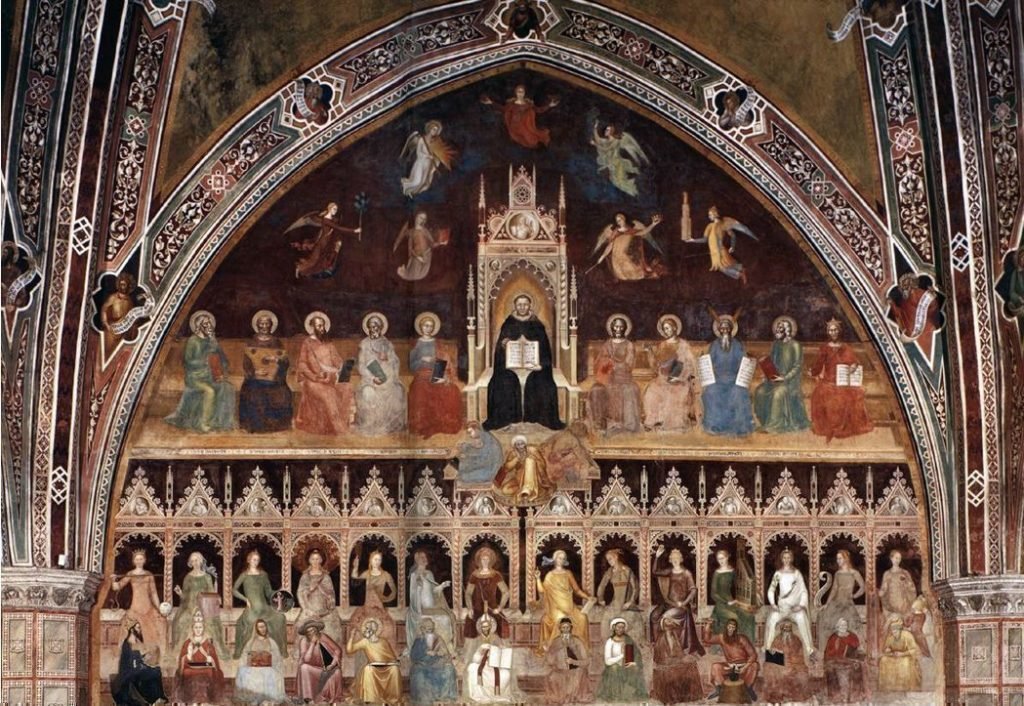Back to Course
A Brief History of Classical Education
0% Complete
0/0 Steps
-
Lessons
Lesson 1: Classical and Medieval Ideas of Leisure and Learning (Preview Content)3 Topics|1 Quiz -
Lesson 2: The History of American Education (Preview Content)4 Topics|1 Quiz
-
Lesson 3: Education in the Medieval World4 Topics|1 Quiz
-
Lesson 4: The History of Ancient Education3 Topics|1 Quiz
-
Lesson 5: Leisure and the Beautiful2 Topics|1 Quiz
-
Lesson 6: Aristotle and Classical Education2 Topics|1 Quiz
-
Lesson 7: Aristotle and Classical Education—Continued2 Topics|1 Quiz
-
Lesson 8: Aristotle and Classical Education—Continued2 Topics|1 Quiz
-
Lesson 9: Plato and Classical Education3 Topics|1 Quiz
-
Lesson 10: Plato and Classical Education—Continued2 Topics|1 Quiz
-
Lesson 11: Summary and Conclusion2 Topics|1 Quiz
-
DiscussionsDiscussion 1: Scholé (Leisure) and Classical Education
-
Discussion 2: The True, Good, and Beautiful in Classical Education
-
Discussion 3: American and Classical Education Compared
-
Discussion 4: Vocational Training and Classical Education
-
Discussion 5: Classical Education and the "Yearning for Being"
-
Discussion 6: Univ. of Dallas Grad Program for Classical Teachers
-
End of Course TestEnd of Course Test: A Brief History of Classical Education1 Quiz
Lesson 3,
Topic 3
In Progress
Artistic Depictions of The Seven Liberal Arts
Lesson Progress
0% Complete


Cappella Spagnuolo, Santa Maria Novella, Florence, by Andrea di Bonaiuto (more information here)




